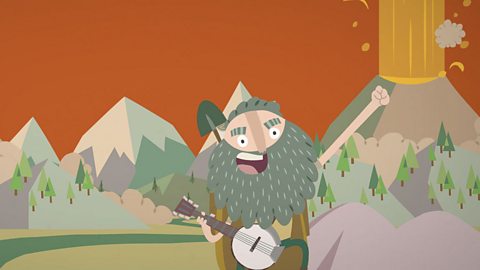What is a fossil?
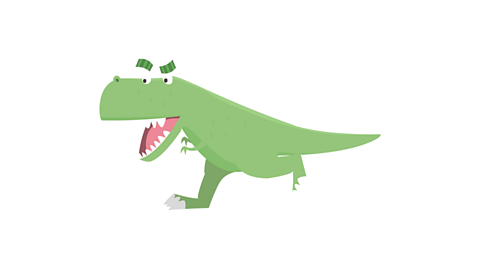
A fossil is the preserved remains or traces of a dead organismAny living thing, which includes insects, plants and animals, is an organism. They are organised structures which grow and reproduce. . Fossils are formed through a process with multiple stages called fossilisation, and this takes place over many, many years.

Explaining fossilisation
Fossilisation only happens in certain conditions. That's why not every organism that dies becomes a fossil!
Watch: The fossilisation process
Dig deep to uncover the facts about fossils.
The conditions for fossilisation
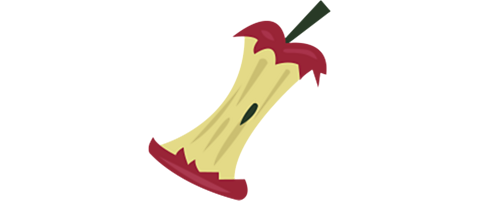
It’s very rare for living things to become fossilised. After most animals die, their bodies usually rotWhen something slowly breaks down. Rotting usually happens with the help of bacteria and fungi. away and nothing is left behind.
However, under certain special conditions, a fossil can form.

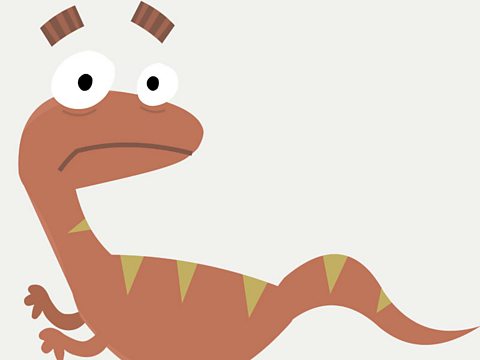
After an animal dies, the soft parts of its body decomposeRot or break down.. The hard parts, like the skeleton, are left behind. They become buried by small particles of rock called sediment.
As more layers of sediment build up on top, the sediment around the skeleton begins to compact and turn to rock.
The bones then start to be dissolved by water that passes through the rock. mineralsNaturally occurring resources, such as copper. in the water replace the bone, leaving a rock replica of the original bone called a fossil.
Activities
Test your knowledge of fossils with the activities below.
Activity 1: Order the process of fossilisation
Activity 2: Fossilisation quiz
Activity 3: Drawing a fossil
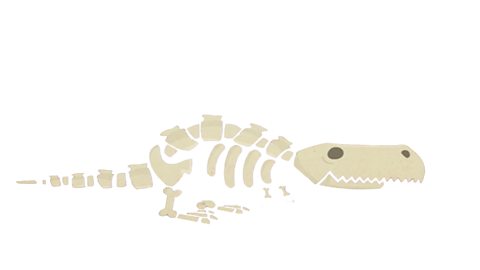
Get a pen and paper - it's time to draw!
- Draw a line down the middle of your paper.
- On one half, draw an animal's body on the day it is buried in the ground. On the other half, draw its fossil after 2 million years.
- Write one sentence to describe how the animal's body has changed.
- Write a second sentence to describe the type of soil that surrounds the body.

Bitesize Primary games. gameBitesize Primary games
Play fun and educational primary games in science, maths, English, history, geography, art, computing and modern languages.

More on Rocks
Find out more by working through a topic
- count2 of 3
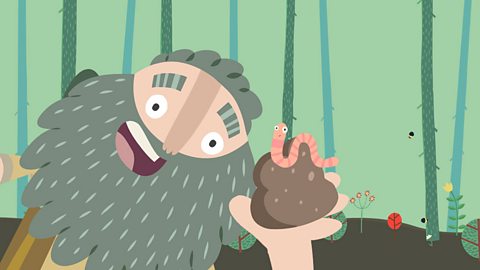
- count3 of 3
